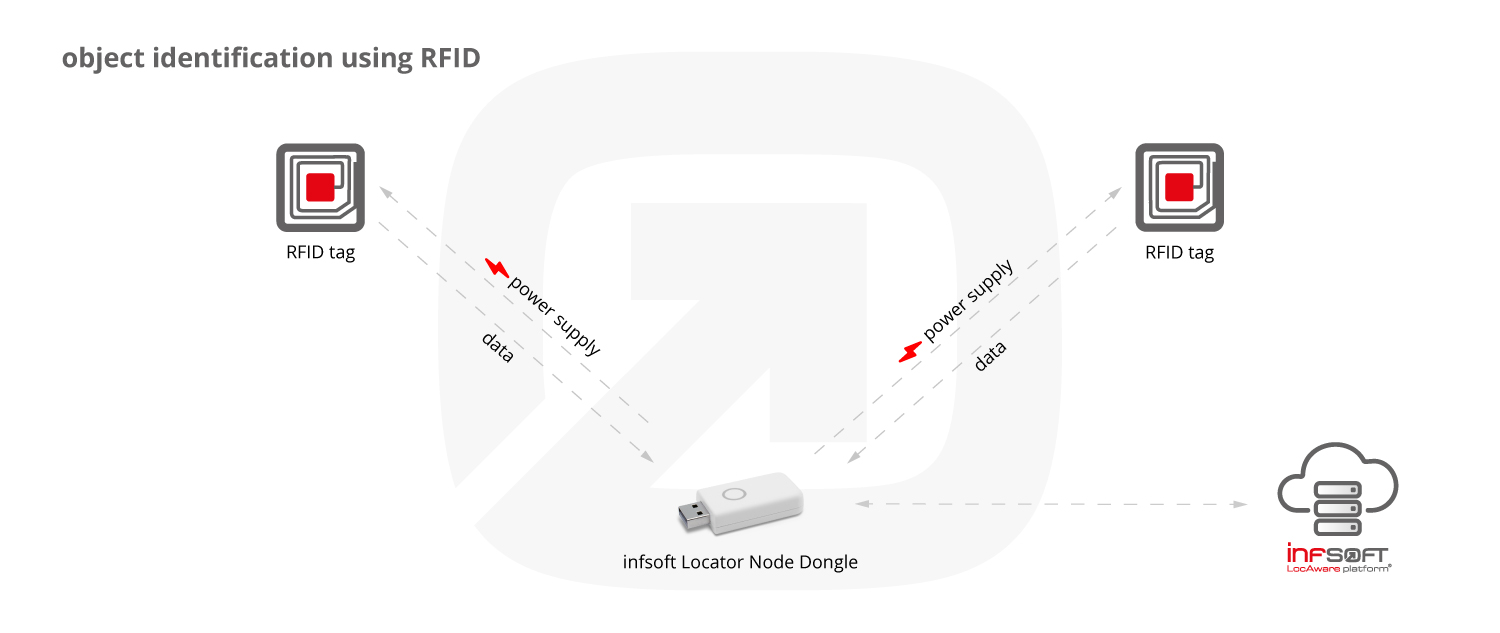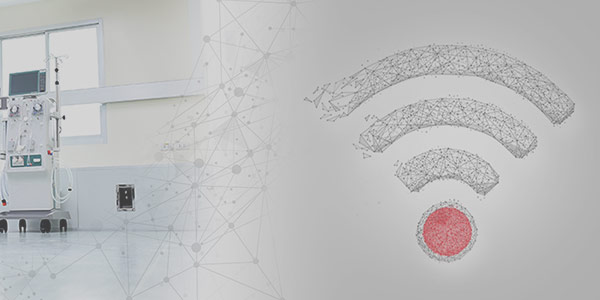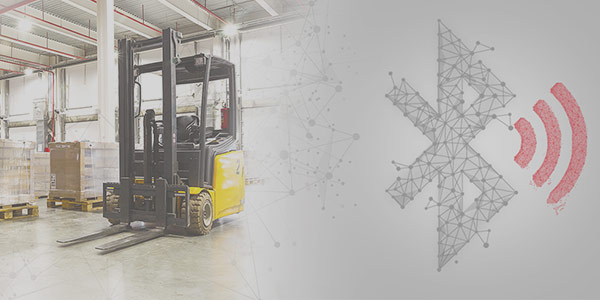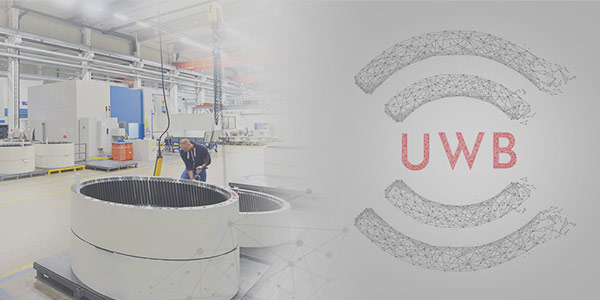Indoor Localization with RFID
RFID (radio-frequency identification), which uses radio waves to wirelessly transmit the identity (e.g. serial number) and other characteristics of an object, is an emerging positioning technology that allows for mobility tracking of objects or people. As it offers a limited range of less than a meter, RFID is not suitable for exhaustive localization, but rather for a selective object identification. It is cost-effective, easy of maintenance and provides both identification and location. This makes localization via RFID particularly suitable for tracking solutions in industrial environments (e.g. asset management).
How Does Object Identification with RFID Work?
An RFID indoor positioning system typically contains of transponders (attached to objects/people) and a reader (infsoft Locator Node 1100). In a passive RFID system, the Locator Node functions as a power source and transfers radio-frequency energy to the transponder at a short distance (remote-coupling). ID and data from the transponder are then captured by the Locator Node and forwarded to the infsoft LocAware platform®, where the data is processed.
In contrast to area-wide localization technologies such as Wi-Fi, Bluetooth Low Energy (BLE) beacons, or Ultra-wideband (UWB), RFID tracking only enables spot localization due to its highly limited range of less than a meter. This means that objects equipped with RFID tags can only be located at specific checkpoints – wherever RFID hardware (e.g. infsoft Locator Node) has been installed. Possible applications thus include systems for access control, time recording, or inventory control in logistics, but not continuous route tracking or seamless tracking over larger areas.
Since passive transponders do not have their own energy source, they are almost maintenance-free. RFID tags do not require visual contact with the reader and are also highly durable against impact and environmental factors.





